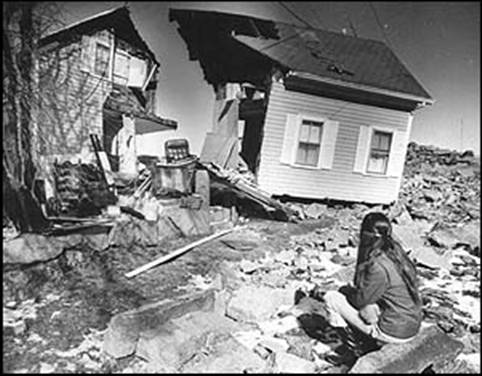“What’s my drug of choice? Well, what have you got?” —Layne Staley, Alice in Chains
This week marks 14 years since Alice In Chains frontman Layne Staley was found dead.
Mood music:
Like Kurt Cobain, Staley had a big impact on me in the early 1990s. But while I identified with Cobain’s depression, I identified with Staley for his inability to keep his addictive demons at bay.
I can’t tell you how many times I listened to the “Dirt” album while I binged myself sick. It seems like an unfair comparison, because Staley’s demon was heroin. Mine was compulsive binge eating — a destructive form of addictive behavior in its own right, but not necessarily from the same depths of hell heroin came from.
Staley’s lyrics seeped deep into my soul. When he screamed his vocals, I could identify the pain that came from deep down. I’m convinced that pain gave him the power to sing the way he did.
My writing taps a similar source within me, but the source is a lot more muted, less despairing, because I have something I don’t think he had — faith.
But as a 20-something, I couldn’t tell the difference. I felt like my demons were as vexing as his. When you’re younger, that’s the kind of self-important thinking you get into.
Before I found recovery, my demon would start harassing me long before getting to the scene of the junk. Forget the people who would be there or the weather and surroundings. All I’d think about was getting my fill of food. Then I’d get to the event and get my fill from the time I’d get there to the time I left. I’d sneak handfuls of junk so what I was doing wouldn’t be too obvious to those around me.
Halfway through, I would have the same kind of buzz you get after downing a case of beer or inhaling a joint deep into your lungs. I know this, because I’ve done those things, too. By nightfall, I’d feel like a pile of shattered bricks waiting to be carted off to the dump. Quality time with my wife and kids? Forget it. All I wanted was the bed or the couch so I could pass out.
I imagine Staley felt something similar much of the time, though I’m told by those who have kicked smack addictions that you don’t really care about anything when you’re high, because it’s like being under a warm blanket. The problem is that you spend the rest of your life trying to feel that way, and the only thing that works is more and more smack.
In the end, I know you can’t fairly compare the two addictions. I only know how mine made me feel, and whenever I listened to Staley scream, I felt like someone else got it, and that I wasn’t alone.
Thanks for that, Layne. I hope you’re at peace wherever you are.







 From left to right: Bill Brenner, Dan Waters, and Sean Marley
From left to right: Bill Brenner, Dan Waters, and Sean Marley



